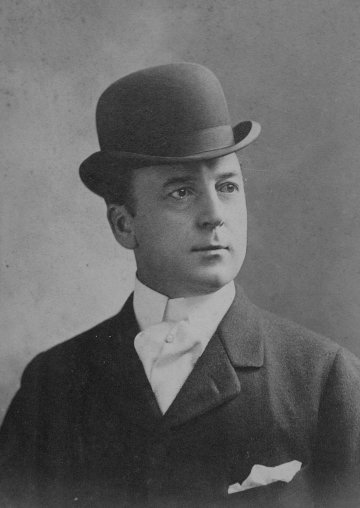Introduction
"My Wild Irish Rose," a timeless ballad by Chauncey Olcott, emerged in the early 1900s and quickly became a staple in the era's musical landscape. Known for its heartfelt melody and evocative lyrics, the song captures the romantic spirit of its time, resonating with audiences through generations.
Decade and Cultural Context
Released in the 1900s, "My Wild Irish Rose" reflects the musical trends of the ragtime and vaudeville era. This period was marked by the transition from live performances in salons and theaters to the early days of acoustic recordings on cylinders and discs. The song's popularity was propelled by Olcott's performances in vaudeville circuits, where it captivated audiences with its emotional depth and melodic charm.
Production and Sound
The track features a simple yet elegant arrangement, typical of the vaudeville ballads of its time. Its acoustic instrumentation, primarily consisting of piano and strings, complements Olcott's tender vocal delivery, creating an intimate listening experience. This production choice highlights the song's emotional core, allowing the lyrics to shine through.
Notable Cover
One of the most notable renditions of "My Wild Irish Rose" was by The Irish Tenors, who brought a contemporary touch to the classic ballad. Their version, characterized by rich vocal harmonies and orchestral arrangements, introduced the song to a new audience, further cementing its place in musical history.
Modern Legacy
Despite being over a century old, "My Wild Irish Rose" remains relevant today, celebrated for its timeless appeal and emotive power. Its enduring popularity is a testament to the universal themes of love and nostalgia it conveys, ensuring its place in the repertoire of classic Irish ballads.

Comments (0)